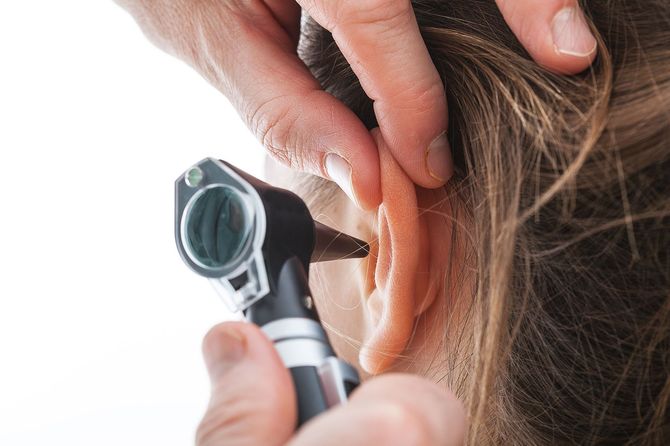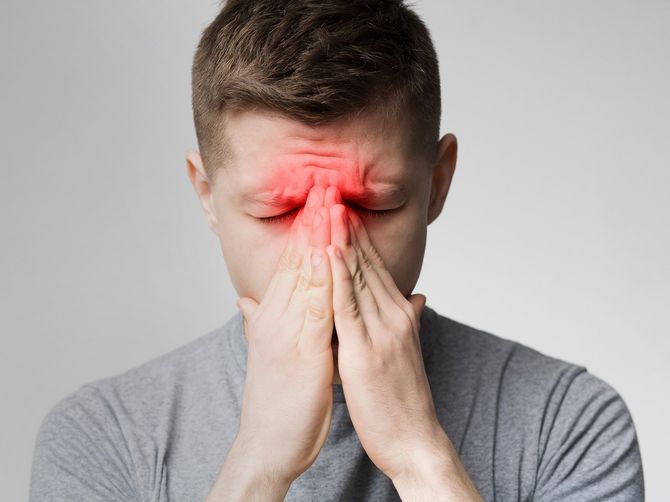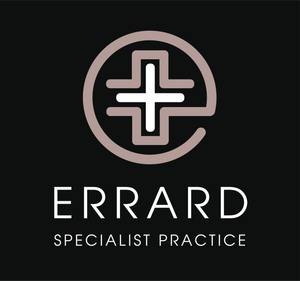Contact us
SERVICES
COMMON CONDITIONS
COMMON CONDITIONS
- Tonsillitis
- Long Term Hearing Loss
- Tinnitus (Ringing in the Ears)
- Dysphagia (Difficulty Swallowing)
- Nasal Congestion
- Sinusitis Ear Pain / Ear Infections
- Wax Build Up
- Snoring
- Obstructive Sleep Apnea
- Chronic Cough
- Undifferentiated Breathlessness
- VCD
- Insomnia
SEMI URGENT CONDITIONS
- Sudden Hearing Loss
- Vertigo
- Epistaxis
- Foreign Body in the Area
- Fractured Nose / Facial Bones
- Lesion or Mass in the Region
- Husky Voice / Laryngitis
- Cholesteatoma
- Severe COPD
- Interstitial Lin Disease, Pneumonitis
- Severe Breathlessness
- Asthma (non-severe)
- Bronchiectasis
- OSA with Severe Daytime Sleepiness
URGENT CONDITIONS
- Urgent Oxygen Requirements
- Possible Lung Cancers
- Severe Asthma (must have up to date lung function- or be requested)
- Bronchoscopy Referrals
- Haemoptysis (coughing up blood)
- Urgent Oxygen Requirements
PROCEDURES
The tonsils are two clumps of tissue, on either side of the throat, embedded in a pocket at the side of the palate (roof of the mouth). The lower edge of each tonsil is beside the tongue – way in the back of the throat.
Damage to teeth. Injury can follow pressure on the upper teeth from the surface of the metal laryngoscope used either by the anaesthetist or surgeon. Be sure to draw attention, before operation, to diseased, broken or weak teeth and any crowns or bridges.
All surgical procedures are associated with some risk. Despite the highest standards of surgical practice, complications are possible.
Eating: Normal food can be eaten during the healing period. Avoid food that is rough (such as toast or corn chips), acidic, hot or spicy. The coldness of ice cream may provide some pain relief, and is a good source of calories.
Increased Deafness In two in 100 patients, hearing may be worse after surgery. This is due to the development of scar tissue, infection, blood vessel spasm, irritation of the inner ear, or a leak of inner ear fluid.
All surgical procedures are associated with some risk. Despite the highest standards of surgical practice, complications are possible.
Damage to eye muscles can result in double vision that may resolve with time. The damage may need to be repaired surgically. In some cases, the damage has been permanent.
As shown in the Illustration on the page 1, the turbinates are structures in the side walls of the nose that jut into the nasal airways.
Most patients stay in hospital overnight, although some may go home the same day. A dressing over the ear is held in place by a bandage.
All surgical procedures are associated with some risk. Despite the highest standards of surgical practice, complications are possible.
Disorders of the thyroid glands are among the most common medical problems. They can occur when the thyroid procedures too much or too little thyroid hormone.
Once surgery is complete, you are taken to a recovery room where your recovery room where your recovery is monitored.
In most cases the ear grommet is placed into the incision, allowing drainage of the fluid that can build up in the middle ear.
It takes most children 7 to 10 days to recover. However there is wide variability in this.




